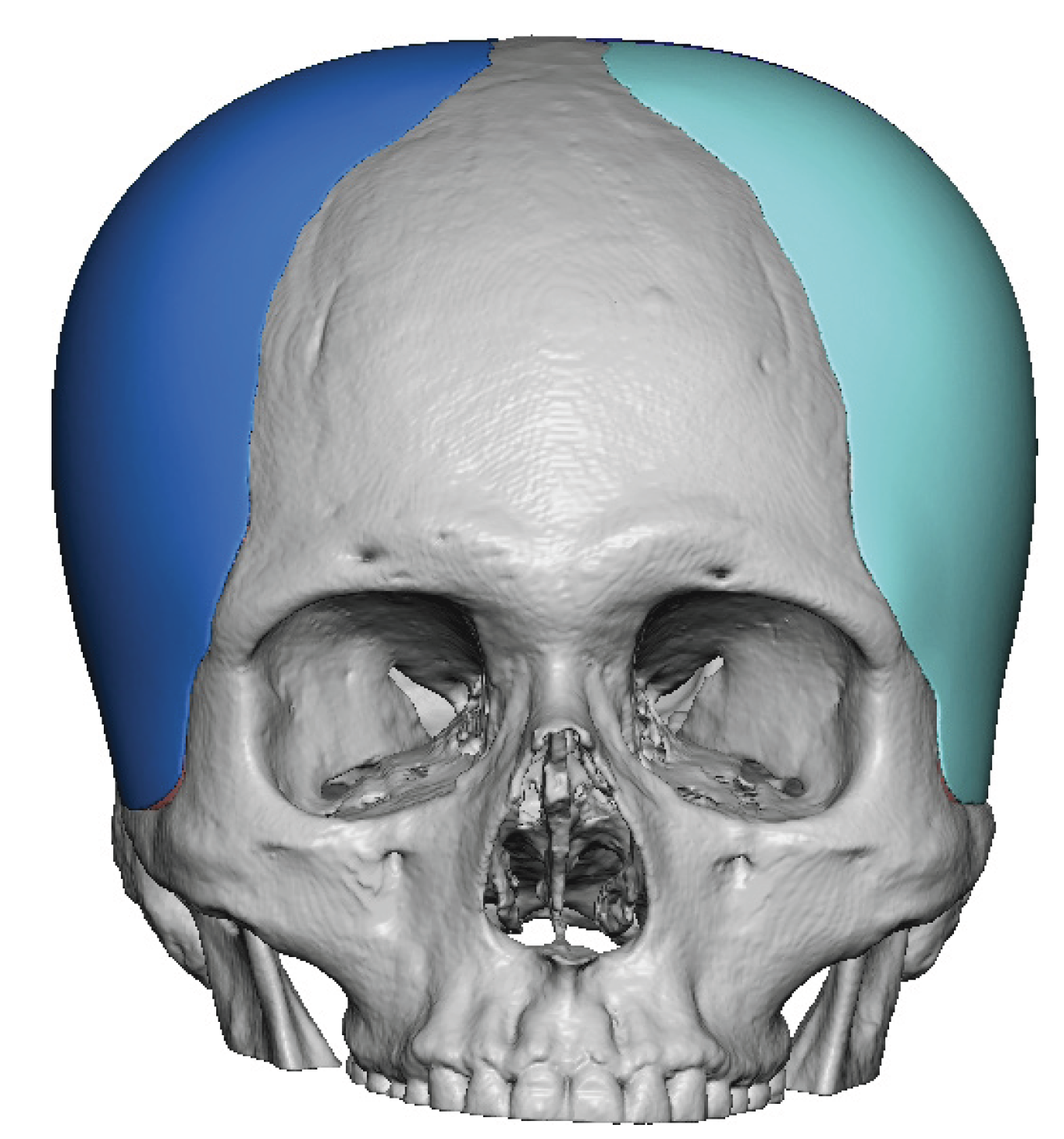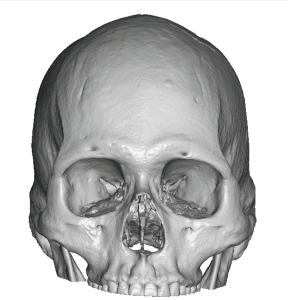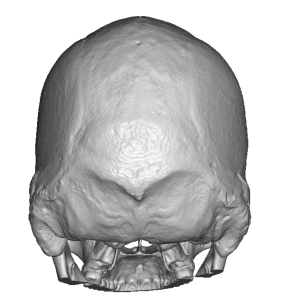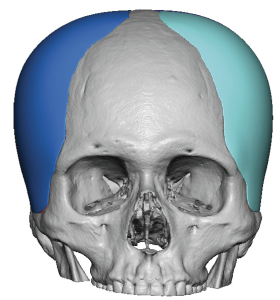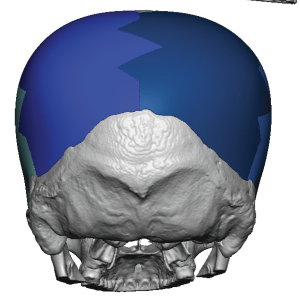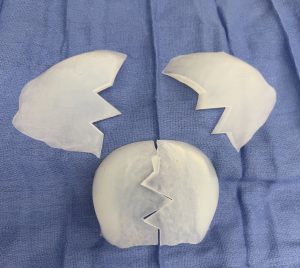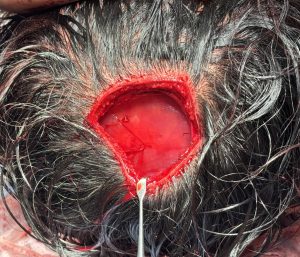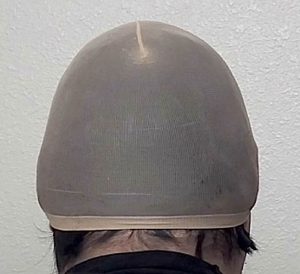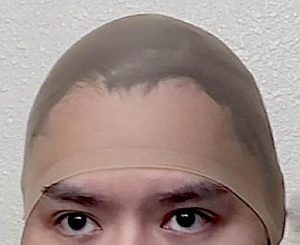Background: The narrow head shape is defined as having a decreased bi-temporal and bi-parietal bony skull widths. These can be determined by actual measurements but, more importantly, it can be seen from the outside as well as just looking at a 3D CT skull scan of the patient. The narrow head shape may often involves the front (forehead) and the back (occiput) as the more narrow head shape is not always just limited to the sides. (temporal area) It is possible to have a forehead that has good width with narrow sides of the head just as it is possible to have adequate back of the head width with narrow sides. But when the head narrowing is significant there’s always going to be some involvement of the front or back of the head.
Patients that have a narrow head shape always try to camouflage it with their hair. Long hair or short hair that is flushed out can be a good camouflage method but often involves time to do so to have it look that way as well as a hairstyle that one may not prefer. This is usually the history that the patient with a concerning narrow head shape has. The narrow head shape can be adequately corrected with head widening implants which usually must sit on top of the deep temporal fascia if there is involvement that crosses the bony temperament on either the front, top or back of the head.
When designing custom head widening implants the considerations are: 1) footprint or outline of the implant to cover adequate areas of bony narrowing, 2) size or volume of the implant needed, and 3) how is the implant going to be placed. These three considerations fundamentally break down into the following: 1) does the implant design need to cross the bony temporal line in any area, 2) will scalp expansion be necessary for the size of the implant needed, and 3) well the implant need to be designed in one, two, three or four pieces.
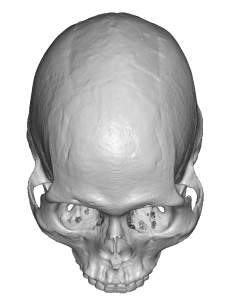
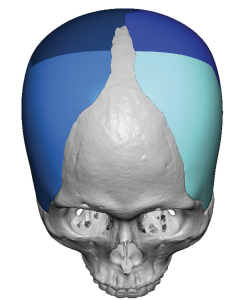
Given the implant size a first stage scalp expansion was necessary. A scalp expander was placed through a small back of the head incision with the port above the right ear under the skin. Over a three month period injections were done up to 300ccs of saline fill.
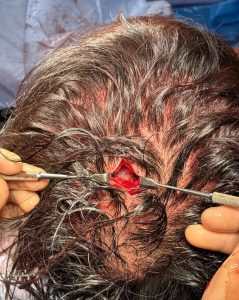
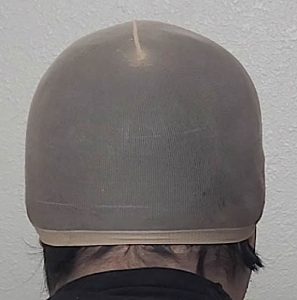
A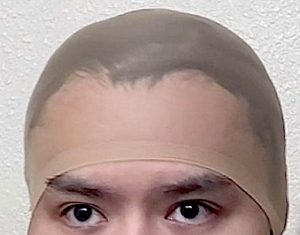
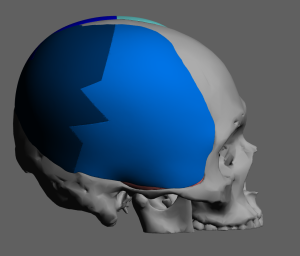
Key Points:
1) Large wide head widening implants require a first stage scalp expansion.
2) Large custom skull implants often have a segmentalized design to keep the scalp incisions small.
3) Because large extended head widening implant sit on top of the temporal fascia there is a need for prolonged use of drains after surgery.
Dr. Barry Eppley
World-Renowned Plastic Surgeon

